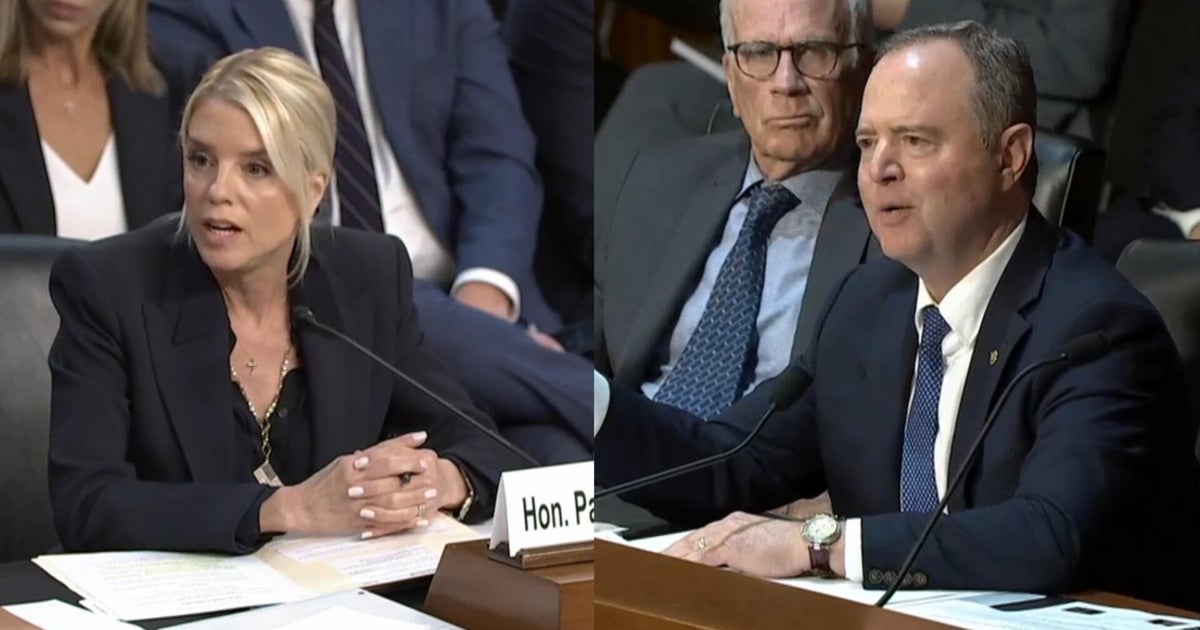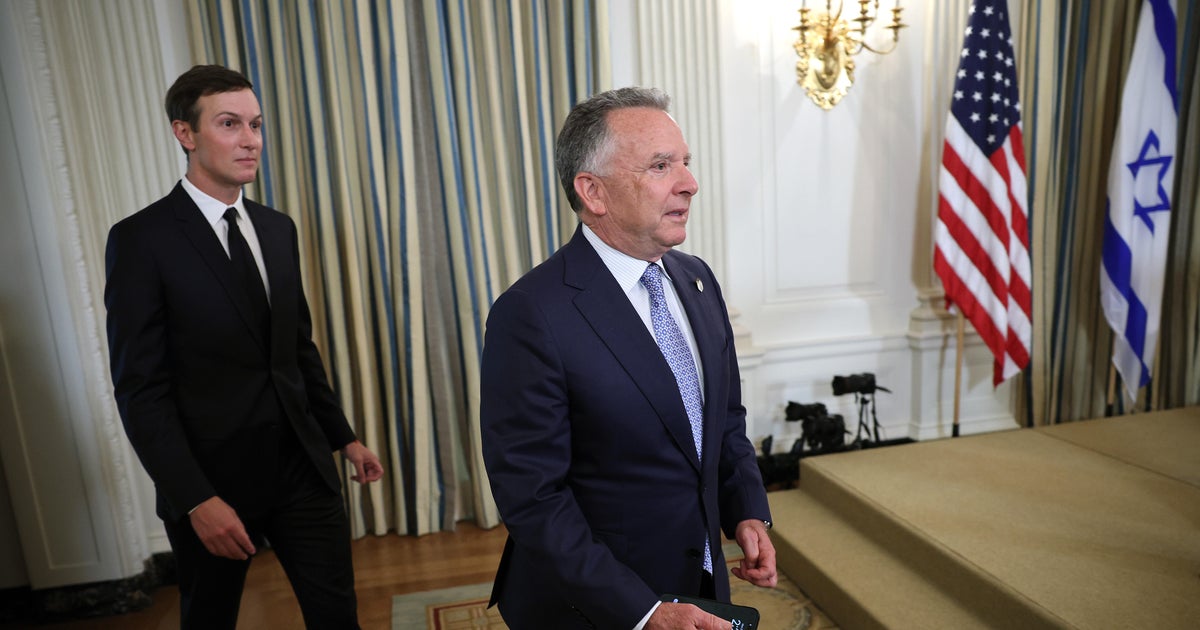The Reserve Bank has left official interest rates steady at 3.6 per cent this afternoon following its two-day meeting.
In a statement following what was its third last meeting of the year, the bank’s monetary policy committee said while inflation had fallen substantially since its peak in 2022, there were signs that the rate of decline was slowing.

The Reserve Bank says there are signs that shoppers are becoming more confident.Credit: Renee Nowytarger
Rates have been cut three times this year, most recently at its August meeting. Markets and economists had not expected the bank to follow that August decision with another cut today.
A rate cut at by year’s end – the monetary policy committee meets in November and December – is considered a 50-50 chance by financial markets.
According to the bank, there are signs that the private sector – led by consumers – was starting to recover, taking over from the public sector.
“In particular, private consumption is picking up as real household incomes rise and measures of financial conditions ease,” it said.
Loading
“The housing market is strengthening – a sign that recent interest rate decreases are having an effect. Credit is readily available to both households and businesses.”
That improvement in the economy may be an issue slowing down further falls in inflation. The bank warned that recent data suggested that inflation for the September quarter may be higher than what the RBA forecast in its most recent economic outlook.
Holding interest rates steady would give the bank more time to consider the outlook for the economy and inflation.
“With signs that private demand is recovering, indications that inflation may be persistent in some areas and labour market conditions overall remaining stable, the board decided that it was appropriate to maintain the cash rate at its current level at this meeting,” it said.
“Financial conditions have eased since the beginning of the year and this seems to be having some impact, but it will take some time to see the full effects of earlier cash rate reductions.”

RBA governor Michele Bullock.Credit: Alex Ellinghausen
The bank said there were uncertainties surrounding the domestic and global economies.
Domestically, the lift in growth and inflation could mean that “households have become more comfortable consuming as real incomes and wealth rise”.
“If this continues, it may make it easier for businesses to pass on cost increases and lead to more demand for labour. Alternatively, the recent growth in consumption might not persist, particularly if households become more concerned about overseas developments,” it said.
The ongoing turmoil caused by US tariff policy is also weighing on the bank.
“Beyond tariffs, a broader range of geopolitical risks remain a threat to the global economy. This could all weigh on growth in aggregate demand and lead to weaker labour market conditions in the domestic economy,” it said.
The Australian dollar rose above US66¢ on the bank’s decision in a sign markets believe the Reserve may be less likely to cut interest rates by year’s end.
Most Viewed in Politics
Loading


















































